Adaptive Learning
by Christian Smeltzer


1. Student Perceptions
1.1. Perception of learning gains
1.2. Reduced cognitive load
1.3. Increased learner persistence
1.4. Increased learner engagement
1.5. Interaction with peers decreased with use
1.6. Provides learning guidance
1.7. Provides positive learning environment
2. Success Factors
2.1. Effective training on its use
2.2. Protocol for success
2.2.1. Prepared students for modality
2.2.2. Training and incorporation of student practice with technology
2.2.3. Motivation of students
2.2.4. Consideration of learning style
2.2.5. Integration of automated grading
2.2.6. Quality of feedback
2.3. Framework for delivery
2.3.1. Curriculum
2.3.2. Pre-conditions
2.3.3. Content
2.3.4. The adaptive intelligence engine
2.3.5. content filters
2.3.6. Content selection
2.3.7. Learning bits
2.3.8. Questions and Resources
3. Benefits for Student
3.1. Address issues of scarcity
3.2. Improve student retention
3.3. Achieve higher course outcomes
3.4. More precise measure of learning
3.5. Early problem area detection to assist in building knowledge
3.6. Allows for more efficient (timely) completion of course
3.7. The potential to level the educational playing field for diverse learners
4. Attributes
4.1. Reflection of metaphoric progress indicators
4.1.1. Learning sequence tables
4.2. Flexible (hence adaptive)
4.2.1. Help to determine specific mastery needs
4.2.2. Incorporate areas of demonstrated competency
4.3. Knowledge branching through individualized learning paths
4.4. Allows instructor to respond to learner more timely
4.5. Self-directed learning
4.6. Individualized to learner
4.7. Continuous feedback and assessment
4.8. Early identification of at risk learner
4.9. Potential for learner personalized classroom content
4.9.1. Moves learner towards goal
4.9.2. Increases learners' competence
4.9.3. Key motivator for adult learners
